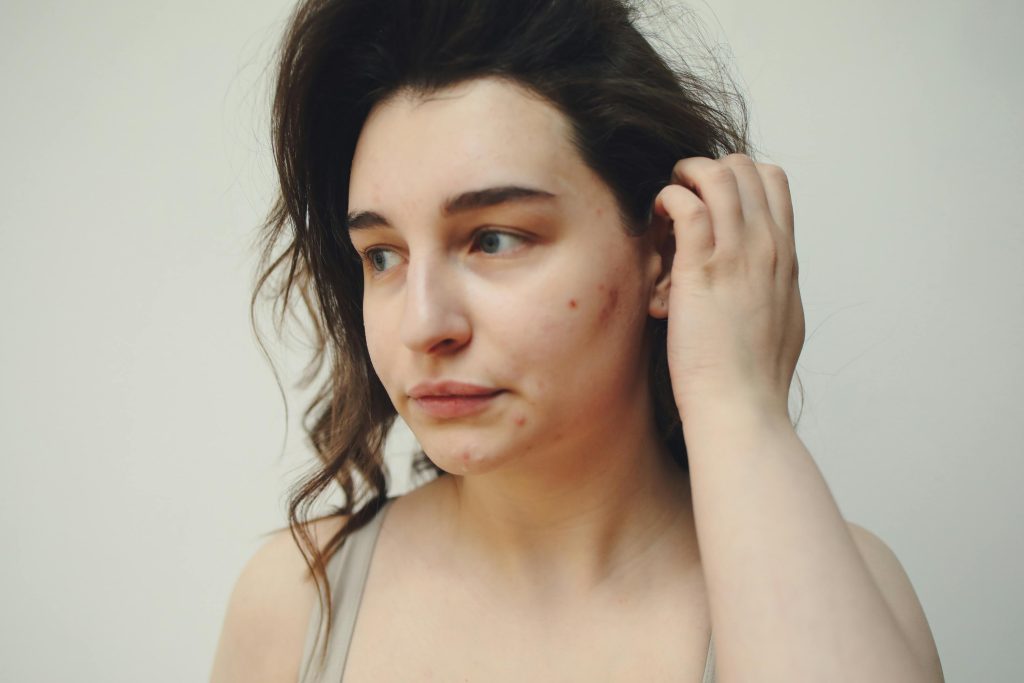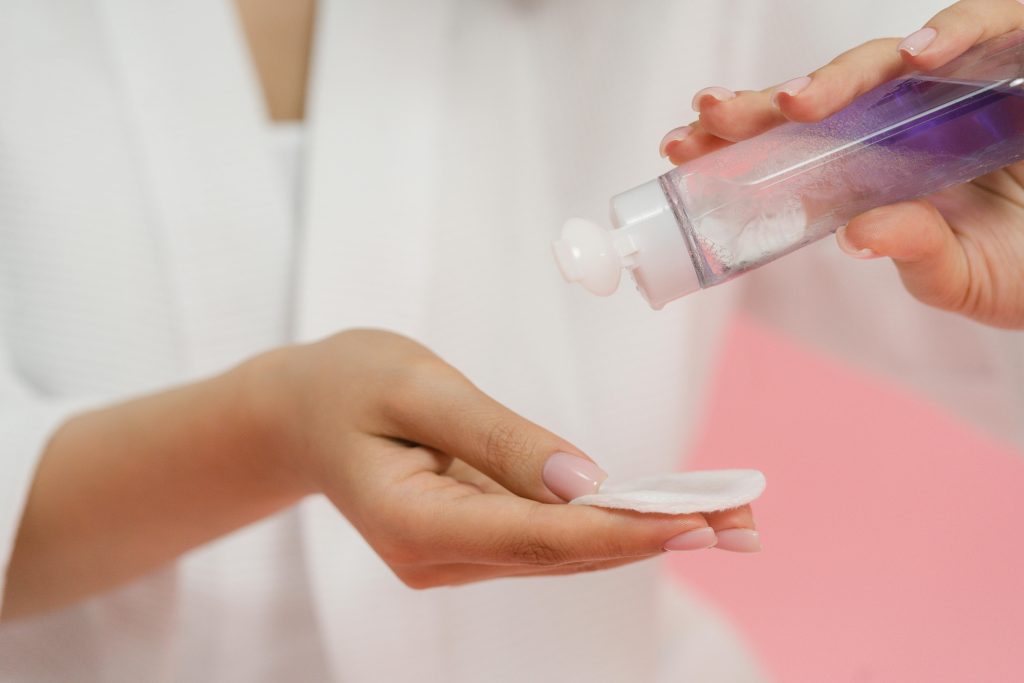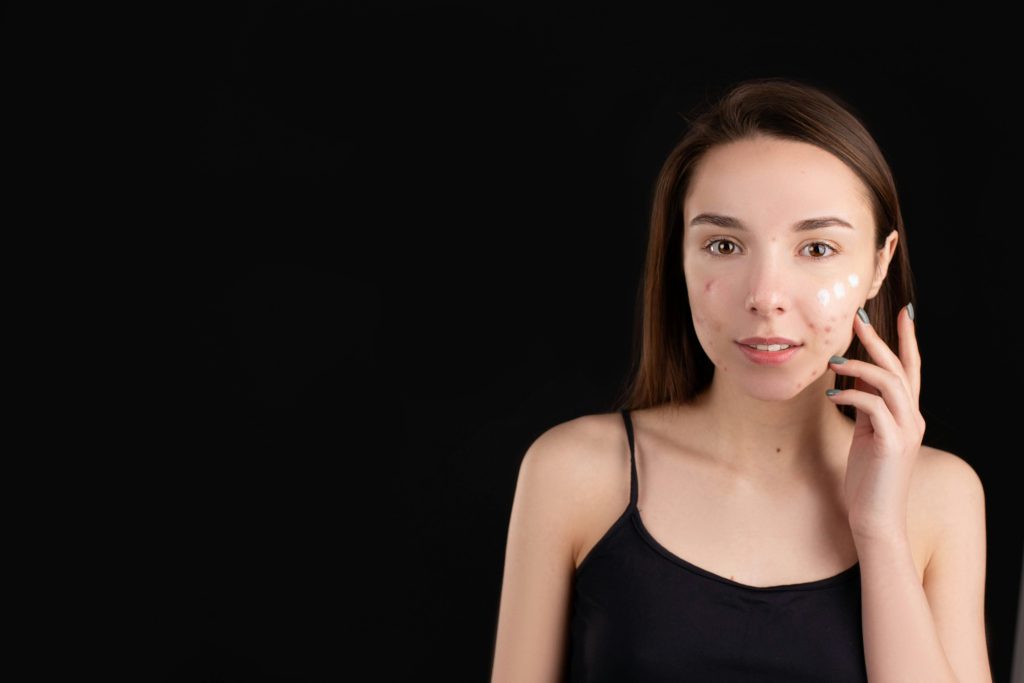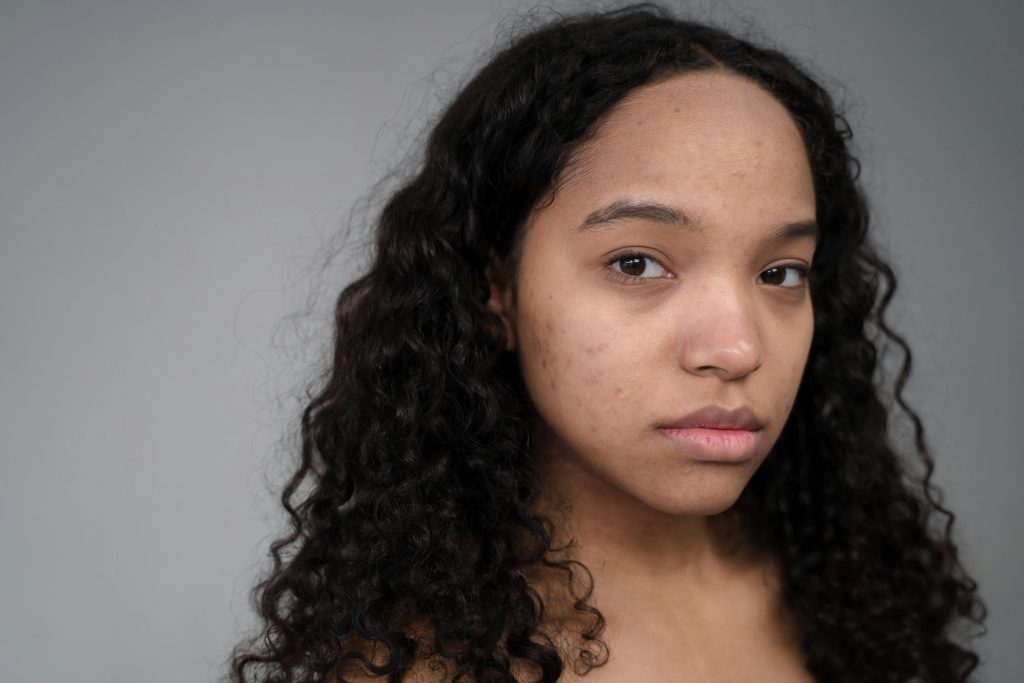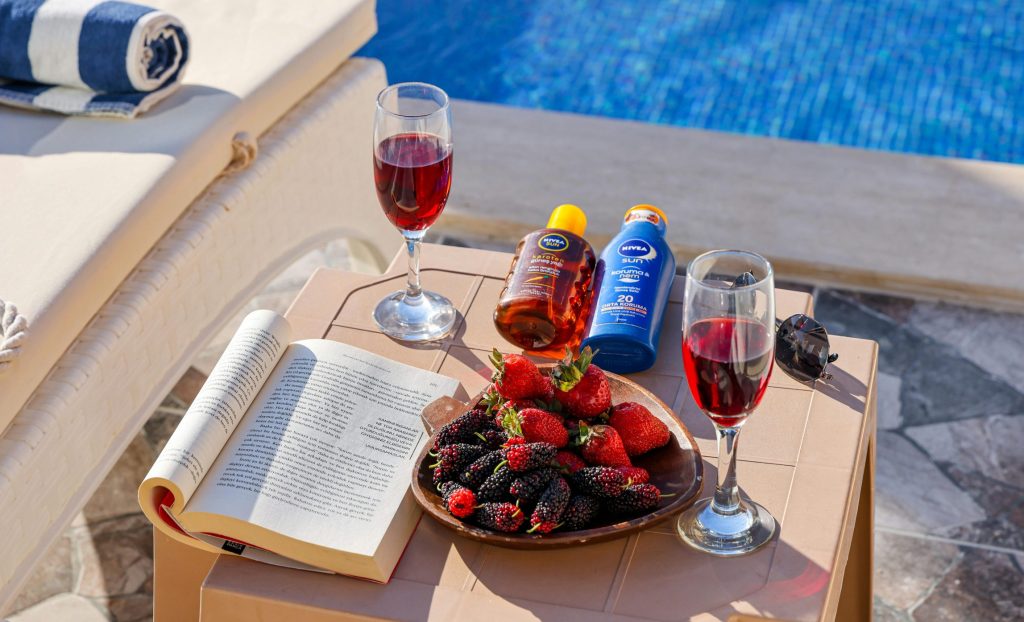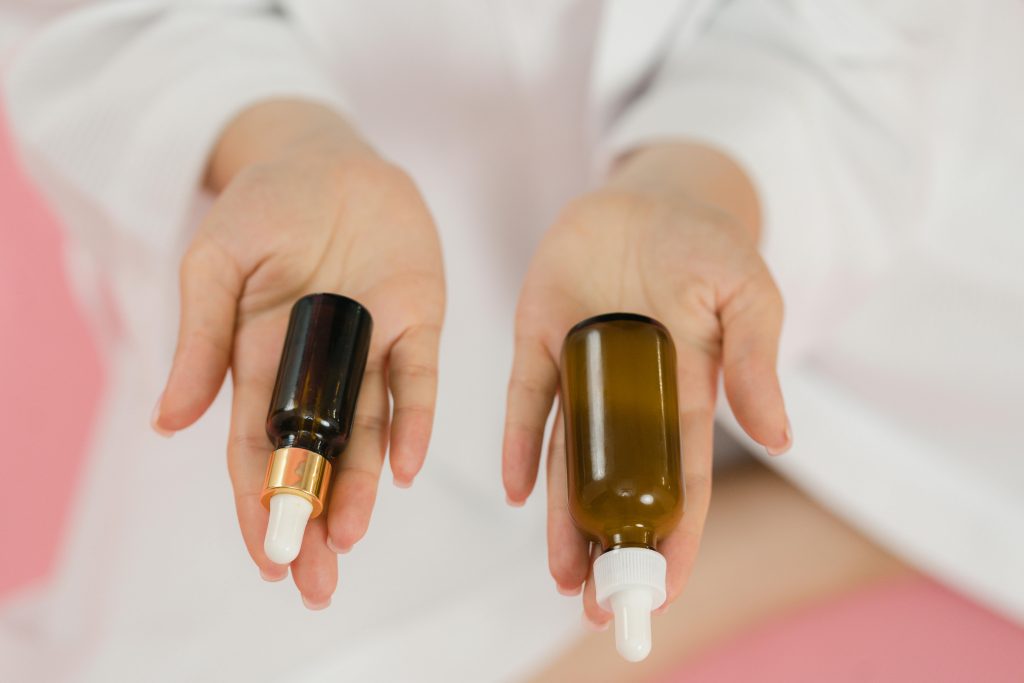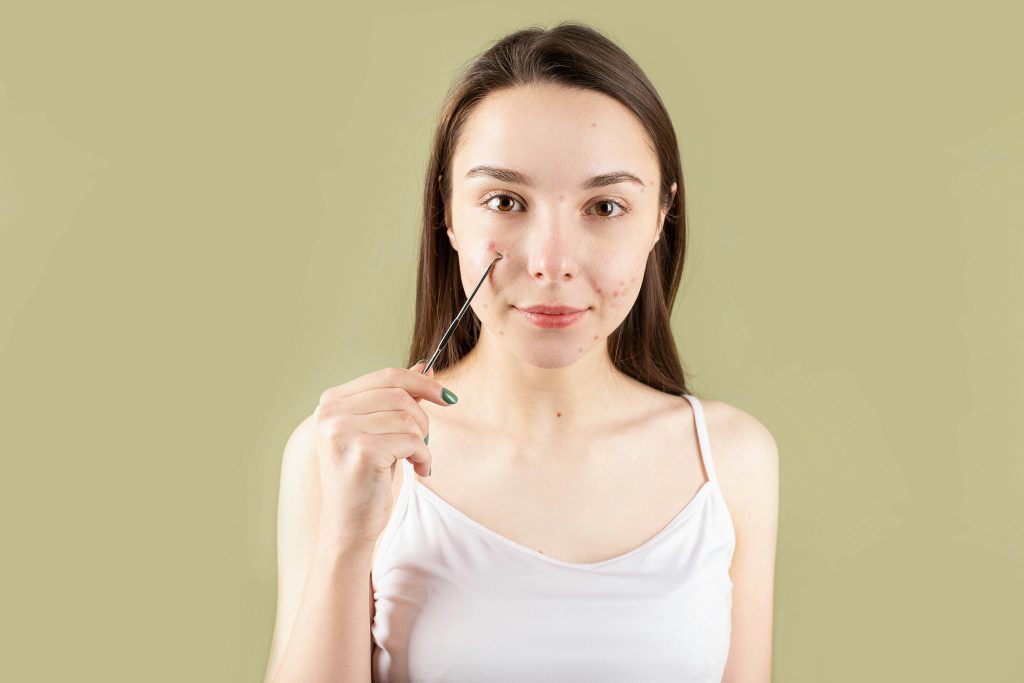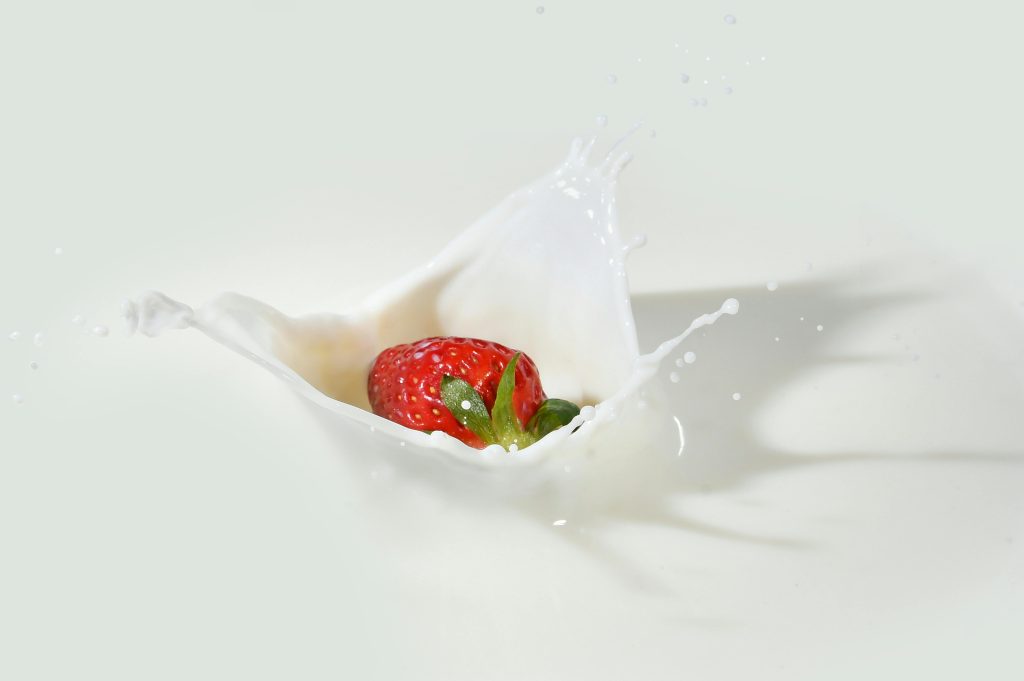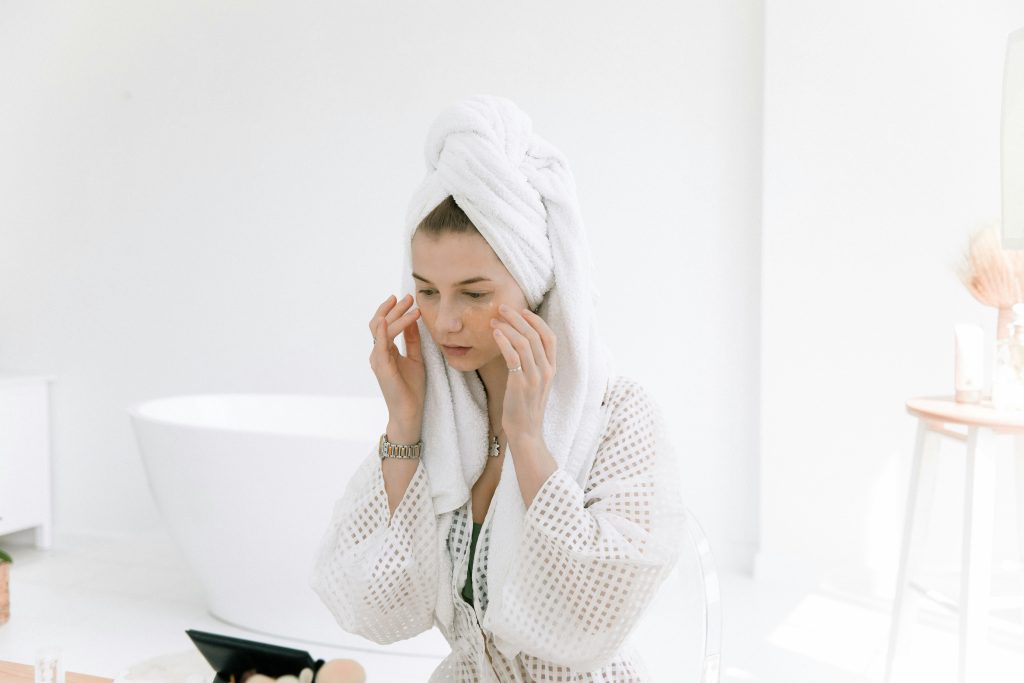
As an Amazon Affiliate, I earn a commission for the products linked bellow
Best Skincare Routine for Acne-Prone Skin: Clear Skin Made Simple
Finding the perfect skincare routine for acne-prone skin can feel overwhelming. The key is to use products that target breakouts without irritating your skin.
In this guide, we’ll discuss the ideal routine, dermatologist-approved tips, and product recommendations for keeping skin clear and healthy.
Understanding Acne-Prone Skin
Acne-prone skin is more susceptible to breakouts due to excess oil production, clogged pores, bacteria, and inflammation.
Factors like hormones, stress, and diet can also trigger or worsen acne. Building a consistent, targeted skincare routine is essential for managing these issues.
Morning Skincare Routine for Acne-Prone Skin
1. Gentle Cleanser
🔷 Choose a fragrance-free, non-comedogenic cleanser.
🔷 Look for ingredients like salicylic acid or benzoyl peroxide to clear pores.
🔷 Recommended Product: CeraVe Foaming Facial Cleanser
2. Toner (Optional)
🔷 Use an alcohol-free toner to remove residual dirt.
🔷 Ingredients like witch hazel or niacinamide are beneficial.
🔷 Recommended Product: Paula’s Choice Pore-Reducing Toner
3. Serum with Active Ingredients
🔷 Use a serum that targets acne, such as niacinamide or azelaic acid.
🔷 Recommended Product: The Ordinary Niacinamide 10% + Zinc 1%.
4. Moisturizer
🔷 Even oily, acne-prone skin needs hydration.
🔷 Opt for an oil-free, non-comedogenic formula.
🔷 Recommended Product: Neutrogena Hydro Boost Water Gel
5. Sunscreen
🔷 Use a broad-spectrum SPF 30 or higher, non-comedogenic sunscreen.
🔷 Recommended Product: EltaMD UV Clear Broad-Spectrum SPF 46
Evening Skincare Routine for Acne-Prone Skin
1. Double Cleanse
🔷 Start with a gentle oil-based cleanser to remove makeup and sunscreen.
🔷 Follow up with your morning cleanser.
🔷 Recommended Product: DHC Deep Cleansing Oil
2. Exfoliate (2-3 times a week)
🔷 Use a chemical exfoliant with salicylic or glycolic acid.
🔷 Avoid harsh physical scrubs.
🔷 Recommended Product: Paula’s Choice 2% BHA Liquid Exfoliant
3. Treatment Serum
🔷 Use targeted treatments like retinoids or benzoyl peroxide.
🔷 Alternate with the chemical exfoliant; avoid using them on the same day.
🔷 Recommended Product: Differin Gel (Adapalene)
4. Moisturizer
🔷 Use the same lightweight moisturizer as in the morning.
Additional Tips for Acne-Prone Skin
✅ Patch Test: Always patch test new products to avoid reactions.
✅ Don’t Overdo It: Using too many active ingredients can irritate your skin.
✅ Hydration Matters: Drink plenty of water to support your skin’s natural barrier.
✅ Diet: Avoid high-sugar and dairy-heavy diets, which may trigger breakouts.
✅ Avoid Touching Your Face: Keep your hands clean and away from your skin.
Ingredients to Look for in Skincare for Acne-Prone Skin
✅ Salicylic Acid: Exfoliates and unclogs pores.
✅ Benzoyl Peroxide: Kills acne-causing bacteria.
✅ Niacinamide: Reduces inflammation and controls oil.
✅ Retinoids: Promote cell turnover and reduce acne scars.
✅ Tea Tree Oil: Natural antibacterial and anti-inflammatory properties.
FAQs: Best Skincare Routine for Acne-Prone Skin
- How often should I wash my face if I have acne-prone skin?
Twice a day (morning and evening) is recommended to keep pores clear.
- Can I use makeup if I have acne-prone skin?
Yes, but opt for non-comedogenic, oil-free products and always remove makeup before bed.
- Is it safe to use multiple active ingredients?
Be cautious. Combining retinoids with benzoyl peroxide or salicylic acid can cause irritation. Alternate their use or seek professional advice.
- How long does it take to see results?
Consistency is key. Most acne treatments take 4–12 weeks to show noticeable improvement.
- Should I see a dermatologist for persistent acne?
Yes, if over-the-counter treatments are not effective, consult a dermatologist for prescription options.
Conclusion
Managing acne-prone skin requires a balanced, consistent skincare routine.
Focus on gentle cleansing, hydration, and targeted treatments while avoiding harsh ingredients. With the right approach, clearer, healthier skin is achievable.

